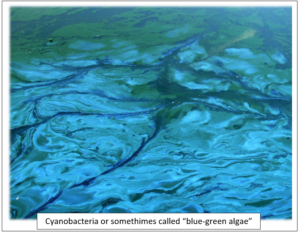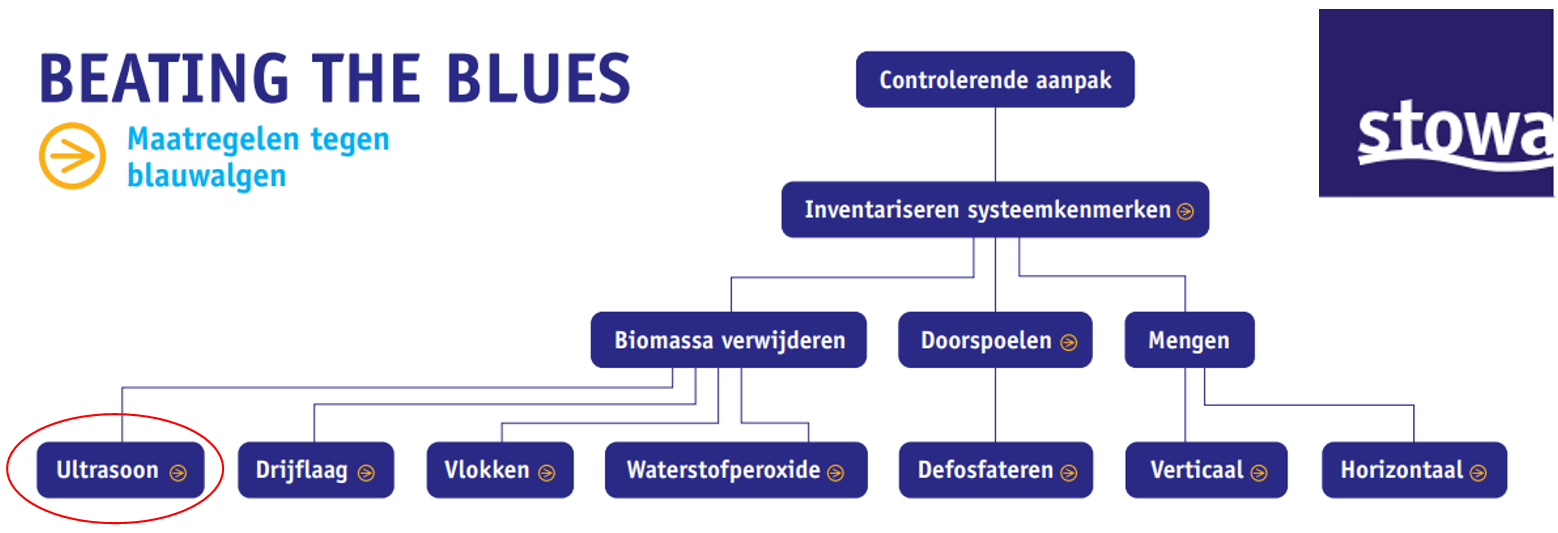Algae are a diverse group of photosynthetic organisms that are primarily aquatic, but they can also be found in a variety of other habitats, including wet terrestrial environments, such as moist soils or tree trunks.
They play fundamental roles in ecosystems, particularly in aquatic environments where they are major producers of oxygen and organic materials through photosynthesis.
The term “photosynthetic” refers to the process of photosynthesis, which is the method by which green plants, algae, and some bacteria convert light energy into chemical energy.
Although they are one of the most beneficial organisms in the world
with regards to the production of Oxygen, you don’t want them in your (swimming) pool, drinking-or process water systems.
There exists a large amount of different algae species, estimated at >300.000 of which only approximately 30.000 have been studied.
Concentrations can be from hundreds up to millions of cells per milliliter.
The blue-green Algae are the oldest photosynthetic organisms dating back to 3.8 billion years ago.
Algae are primarily eukaryotic organisms. This means they have cells with a nucleus enclosed within membranes, unlike prokaryotic cells, which do not enclose their genetic material within a nucleus.
Algae also possess other membrane-bound organelles like mitochondria and chloroplasts, which are typical of eukaryotic cells.
However, it’s important to note that what are commonly referred to as “blue-green algae” are actually cyanobacteria, which are prokaryotic. Cyanobacteria are bacteria that are capable of photosynthesis and are often studied along with algae due to their similar roles in ecosystems, despite being fundamentally different in their cellular structure.
Algae can range from unicellular microalgae, which are often single-celled and microscopic, to large, multicellular forms, such as seaweeds. These organisms are incredibly diverse and can be classified based on their size and cellular organization.
Some are free floating while others form filaments that attach to the wall.
In general, for cultivation, algae need a combination of:
- light (they are photosynthetic species)
- carbon
- nitrogen (nitrate, ammonia, urea…)
- minerals (potassium, magnesium, sodium, calcium, phosphate, sulfate…)
- trace elements (aluminum, zinc, copper, iron,…)
This in combination with fresh or salt water or at least an aquatic environment. As with bacteria, tropical temperatures are optimal (15-35°C).
Algae convert light energy into chemical energy and consume CO2 from the atmosphere (C02 sequestration) to release Oxygen.
Although (micro)algal biomass is currently considered as a product for the future (for biomedical, biological, food and industrial products), they are not welcome uncontrolled and at places such as:
- (fishing)ponds. Algae growth results in Ph fluctuation or acid-base (CO2/HCO3) imbalance and can become toxic
- pools
- industrial settings
- power plants
- cooling towers
- irrigation and rainwater reservoirs
- piping and filtration systems
- agricultural drip-feed installations (due to slime formation and possible blockages)
- …
Can algae resurface after being killed?
Yes, when algae die due to an anti-algal treatment or adverse conditions such as lack of light or oxygen, there can indeed be viable cells or reproductive structures left behind that can regrow when conditions improve. Many algae have developed strategies to survive unfavorable conditions, and these include various forms of dormant or resting stages.
Cysts and Spores: Many algae species produce cysts or spores as a response to unfavorable environmental conditions. These are typically hardy, resistant structures designed to withstand extreme conditions, including complete desiccation, extreme temperatures, or lack of nutrients, light, or oxygen. When conditions become favorable again, these cysts or spores can germinate and lead to the regrowth of the algal population.
Akinetes: Some filamentous cyanobacteria (often referred to as blue-green algae) form specialized cells called akinetes. Akinetes are thick-walled dormant cells that are particularly resistant to freezing and drying. When environmental conditions improve, akinetes can germinate and restart the algal colony.
Fragmentation: Some types of algae can regrow from fragments of their bodies left in the environment after they die. If these fragments contain viable cells, they can potentially establish new colonies once conditions are favorable.
The ability to enter into a dormant state and later revive allows algae to quickly exploit favorable conditions, contributing to their resilience and widespread distribution in various aquatic environments. This survival strategy is particularly evident in environments that experience significant seasonal or unpredictable variations.
Therefore it is important to use an adequate treatment method and monitor continuously.
The effects of algae growth can vary from merely undesired to detrimental for industry, health or recreational reasons.
The negative effects of cyanobacterial blooms (HAB’s)
In the media(en) : Blue-Green algae in Brugge (Belgium)

